Rotary Vane Vacuum Pump
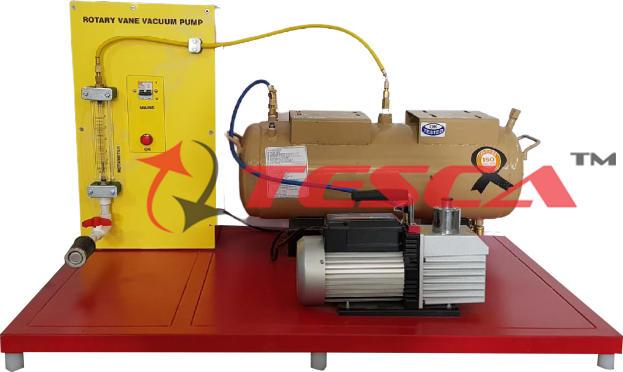
Order Code: 32091
Category: Fluid Mechanics Lab
Features: Rotary vane pump for vacuum generation Simulation of leaks Vacuum plays an important role in process engineering. It can, for example, be used to siphon off various fluids or for vacuum filtration. In vacuum distillation, a vacuum is use...
SPECIFICATION
Features:
Rotary vane pump for vacuum generation
Simulation of leaks
Vacuum plays an important role in process engineering. It can, for example, be used to siphon off various fluids or for vacuum filtration. In vacuum distillation, a vacuum is used to lower the boiling point and thus be able to separate substances that would decompose at higher temperatures. Another important area is the separation of sorbed substances from the solvent by means of vacuum in absorption systems.
Rotary vane pumps have a working space with a circular cross-section. A rotor is eccentrically installed in the working space. Springs press the vanes embedded in the rotor against the wall of the working space. Rotor and vanes divide the working space into two separate spaces with a variable volume. Due to the eccentric position of the rotor, the gas enclosed on the intake side is compressed when the rotor turns. The pressure of the gas increases with each rotation until it exceeds the ambient pressure and the outlet valve opens. The rotary vane pump constantly requires oil in the working space to ensure leak tightness and reduce friction. Part of the oil is discharged with the air on the delivery side. An oil separator on the delivery side of the rotary vane pump removes the oil from the conveyed air.
Tesca Rotary Vane Pump Test Apparatus conveys air from a pressure vessel. Negative pressure builds up in the pressure vessel. A large manometer on the pressure vessel indicates the negative pressure. The pressure vessel has two inlet lines for the simulation of loads and leaks. Silencers in the inlet lines reduce the flow noise. The flow rate in the two lines is adjusted by means of needle valves. A flow meter is installed in one of the two lines to simulate loads and leaks.
Specifications:
1. Vacuum generation with a rotary vane pump
2. Vacuum generation in a steel pressure vessel
3. Oil separator with a tank on the delivery side of the rotary vane pump
4. Manometer to display the pressure in the vessel
5. 1 inlet line with a needle valve, 1 inlet line with needle valve and flow meter on the pressure vessel for simulation loads and leaks
6. 2 silencers to reduce flow noise
Technical Specifications:
Rotary vane pump
Max. flow rate: 5m3/h
Final vacuum: 0,02mbar
Motor power output: 370W
The volume of pressure vessel: 20L
Oil separator
Degree of separation: 99,98% Ÿ Capacity of tank: 150mL Measuring ranges
Pressure: -1…0bar (resolution: 0,02bar)
Flow rate: 0,4…4Nm3/h
Experiments:
Familiarization with the basic principle of a rotary vane pump
Simulation of leaks
Generation of negative pressure over time
Determination of the flow rate as a function of the counter pressure
Requirements:
Mains Input: 220 – 240V AC @ 50Hz

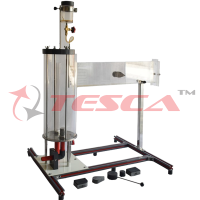
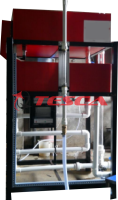
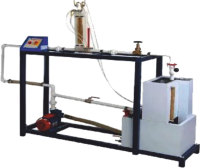
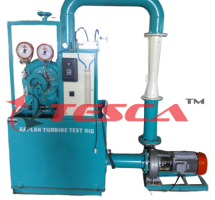
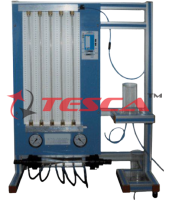
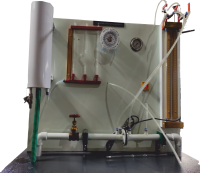


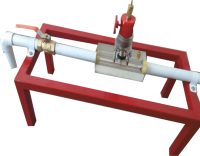

 91-9829132777
91-9829132777